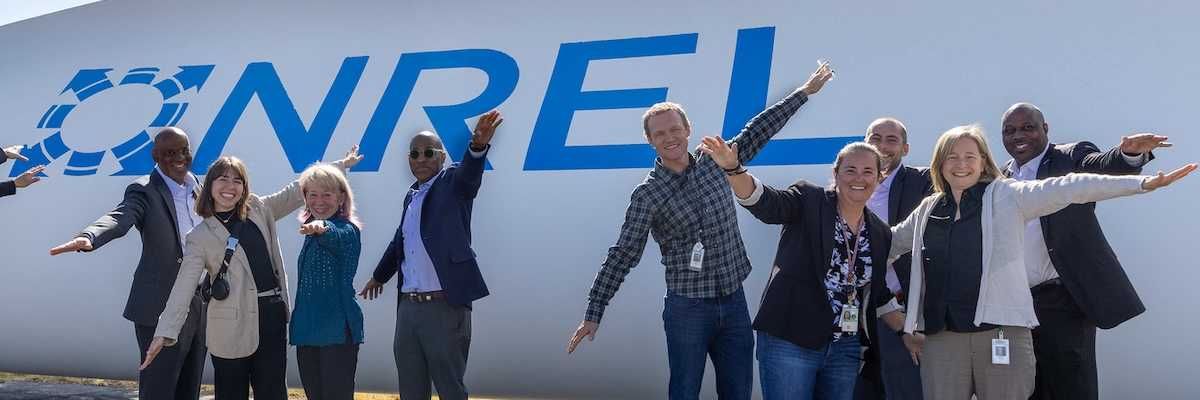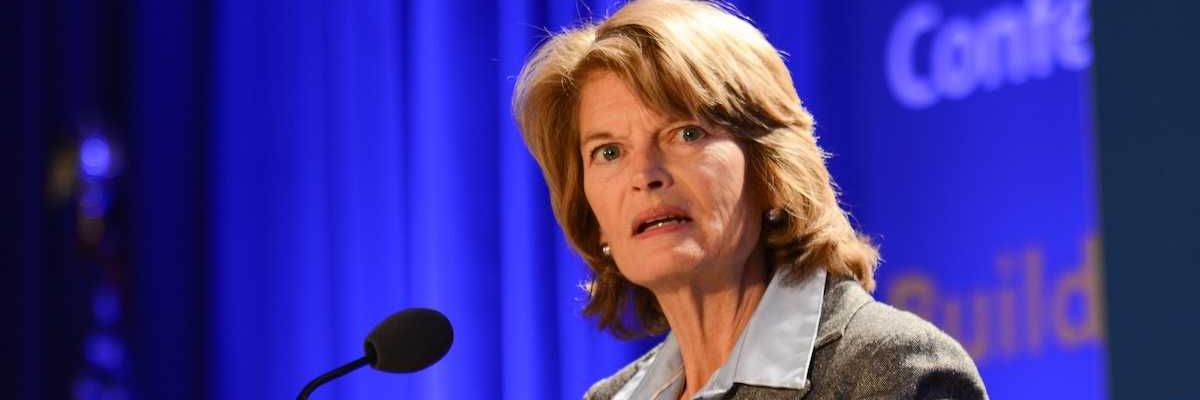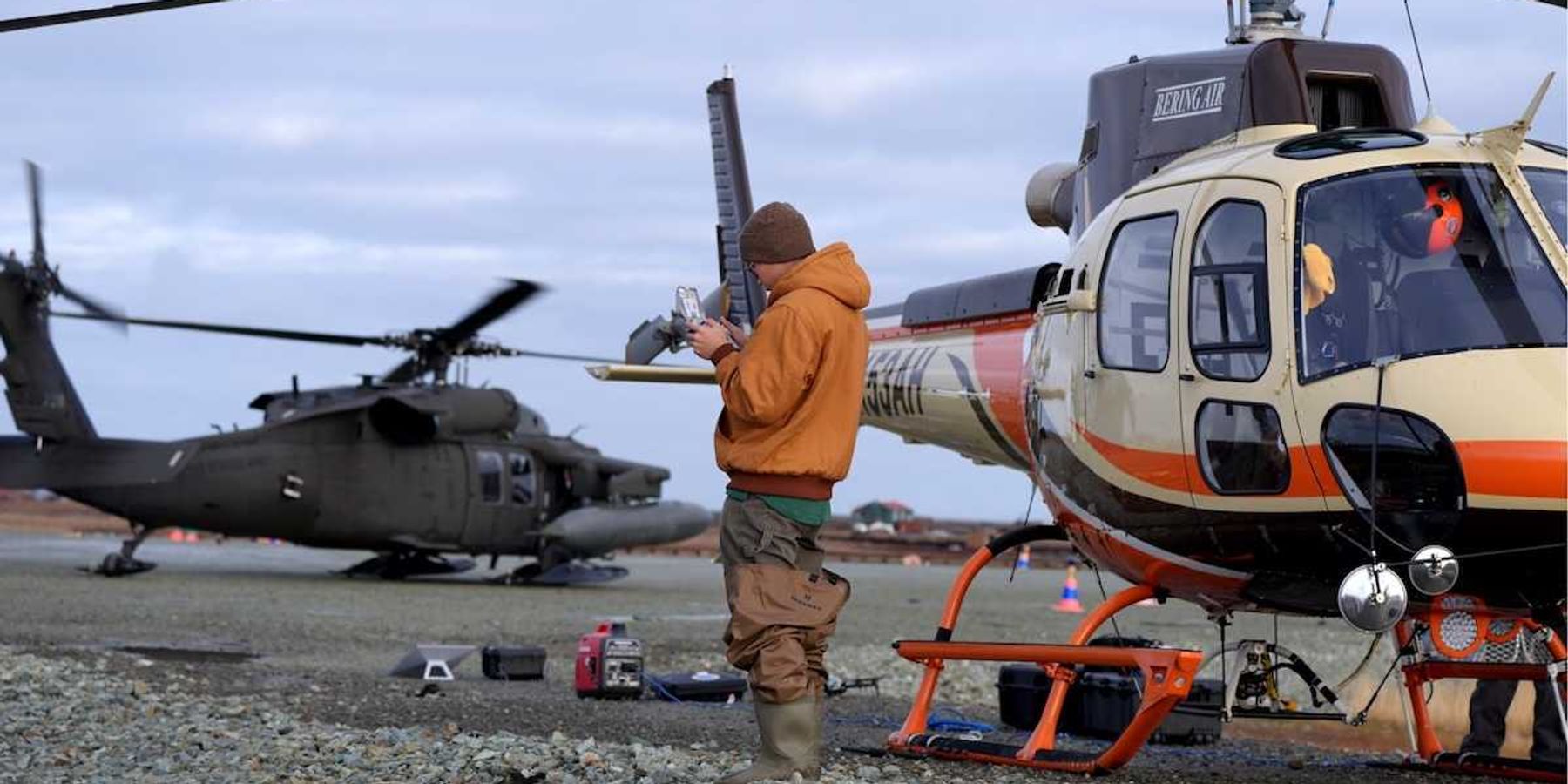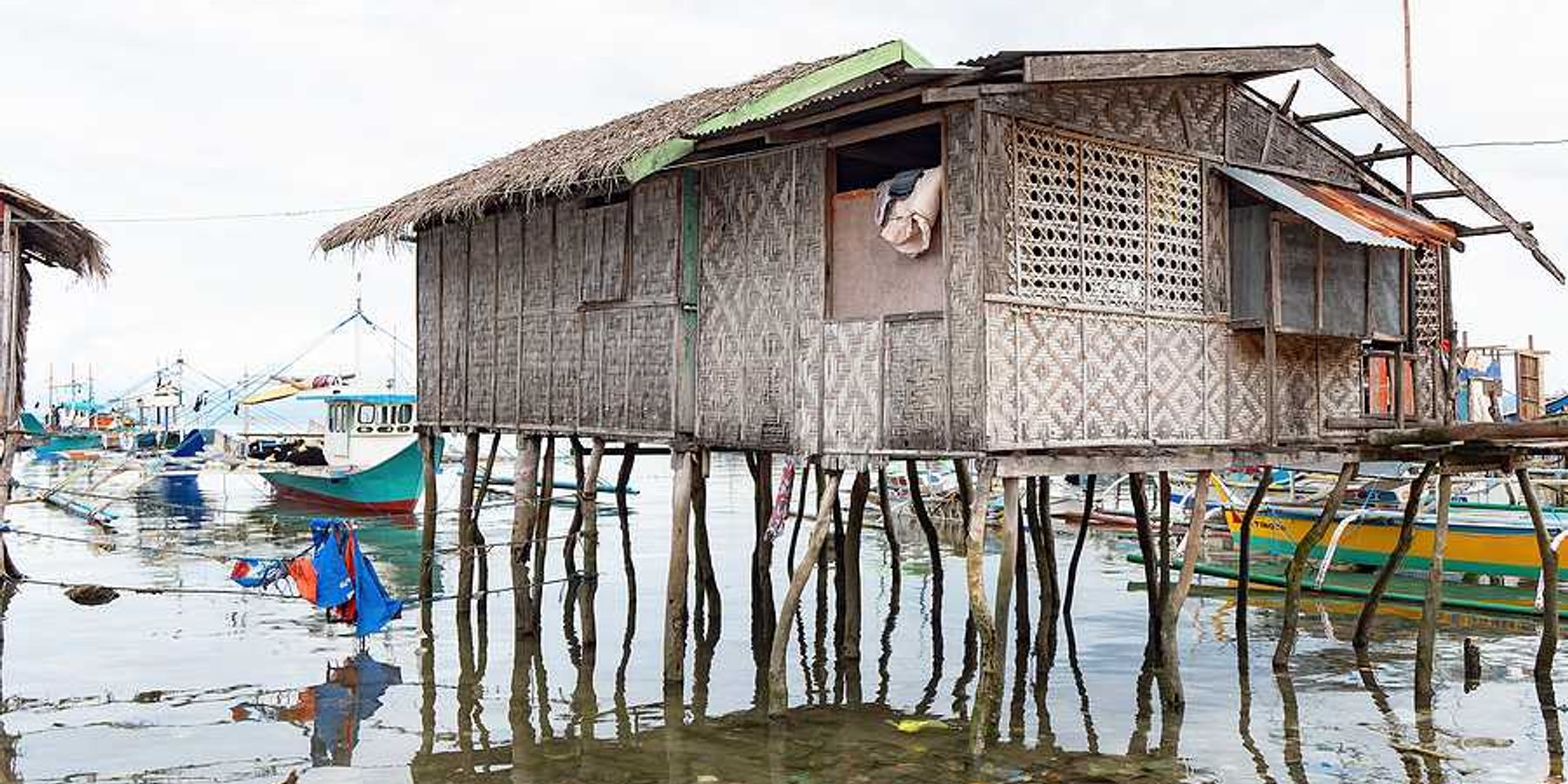sun
Environmental Defense Fund to research artificial cooling methods
The Environmental Defense Fund will invest in exploring technologies that could artificially cool the planet, reflecting sunlight into space as a way to combat rising global temperatures.
In short:
- The Environmental Defense Fund plans to fund research on solar geoengineering, a method for reflecting sunlight away from Earth.
- The research aims to understand the potential global impacts of these technologies, such as changes in precipitation and ocean currents.
- Despite controversy and skepticism, including from within environmental groups, the fund will start issuing grants this fall.
Key quote:
“We are not in favor, period, of deployment. That’s not our goal here. Our goal is information, and solid, well-formulated science.”
— Lisa Dilling, associate chief scientist at EDF
Why this matters:
As global temperatures continue to rise, innovative solutions like solar geoengineering may offer temporary relief. Supporters argue that, with global warming accelerating, it's essential to have a range of strategies on the table. Reflecting sunlight to cool the Earth could buy valuable time, helping to mitigate the worst effects of climate change while longer-term solutions are implemented.
Opponents worry about the unknown risks and ethical implications of manipulating our planet’s climate system. There's also the fear that such technological fixes could detract from efforts to cut emissions at the source.
Local officials end cloud brightening experiment in Alameda, California
Alameda's city council has voted to halt a pioneering cloud-brightening experiment aimed at combating climate change.
Corbin Hiar reported for E&E News earlier this week on why the vote has implications beyond one single community.
In short:
- The Alameda vote ends the city's participation in the CAARE project, which aims to explore marine cloud brightening as a method to combat global warming.
- Local officials halted the experiment last month due to permit issues, raising concerns about public engagement and regulatory compliance.
- Experts generally support the experiment, but environmental groups oppose it, fearing it could lead to widespread geoengineering practices.
Key quote:
"Cancellation of this small experiment could add to public confusion about climate intervention research more broadly."
— Frank Keutsch, atmospheric science professor at Harvard University
Why this matters:
The cloud-brightening technique involves spraying fine sea salt particles into the atmosphere to increase the reflectivity of clouds. By doing so, scientists aim to reflect more sunlight back into space, thereby cooling the Earth's surface. Proponents of the experiment argue that this method could provide a vital tool in the fight against rising global temperatures, potentially offering a temporary solution while broader carbon reduction strategies take effect. Alameda’s decision will influence the future of geoengineering research in the U.S., impacting global efforts to find viable climate solutions.
Related EHN coverage:
Cloud brightening experiment in California temporarily stopped
Local officials in California have halted a cloud brightening experiment due to potential health concerns, as researchers tested a technology to combat global warming by reflecting sunlight.
In short:
- The University of Washington researchers were using a device to spray sea-salt particles on the U.S.S. Hornet to increase cloud reflectivity.
- The experiment began on April 2 and was the first of its kind conducted outdoors in the U.S.
- Alameda city officials demanded a halt on May 4, requesting further review of the experiment's health and environmental impacts.
Why this matters:
Geoengineering solutions like cloud brightening are being considered to manage the Earth's temperature amidst rising global greenhouse gas emissions. While offering potential short-term relief, they also pose significant scientific and ethical questions, emphasizing the ongoing struggle to balance technological intervention with natural climate solutions.
Related EHN coverage:
Eclipse puts US power grid to the test
As the U.S. prepares for a solar eclipse on April 8, the event poses a unique challenge for the nation's solar-powered energy grid, potentially affecting millions.
In short:
- The eclipse will dramatically reduce solar power production across a wide swath of the US, impacting areas with a combined population exceeding 31 million.
- Power grid operators have planned meticulously to manage the sudden drop and subsequent surge in solar energy, ensuring a steady electricity supply.
- The situation is particularly critical in Texas, where recent hail storms damaged solar installations, adding another layer of complexity to managing the grid during the eclipse.
Key quote:
"ERCOT has analyzed the ramping challenges posed by the eclipse and will continue to monitor this aspect of the eclipse as updated weather forecasts are received."
— ERCOT spokesperson
Why this matters:
For solar-dependent regions, eclipses serve as a reminder of the variability of renewable energy sources and the importance of having a diverse energy portfolio. Despite the temporary disruption, solar eclipses are predictable events, allowing for advance planning to mitigate their impact on solar power generation.
Sun's rays deflection test marks a climate change mitigation milestone
Scientists conducted the first outdoor test in the U.S. of a technology aimed at brightening clouds to reflect sunlight away from the Earth.
In short:
- The experiment took place on a decommissioned aircraft carrier in San Francisco Bay, testing a machine designed to spray salt aerosols into the atmosphere.
- This initiative is part of broader research into climate intervention strategies as traditional efforts to curb greenhouse gas emissions fall short.
- Critics express concerns over the unpredictable consequences of manipulating natural systems on such a scale.
Key quote:
“You could well be changing climatic patterns, not just over the sea, but over land as well. This is a scary vision of the future that we should try and avoid at all costs.”
— David Santillo, senior scientist at Greenpeace International
Why this matters:
Solar geoengineering aims to decrease the amount of solar energy that reaches the Earth's surface, thereby cooling the planet. This method does not address the root cause of climate change—such as greenhouse gas emissions—but rather seeks to temporarily lessen its symptoms.
Ideas to dim the sun 'ignore the root cause' of the climate crisis – and create a cascade of unintended problems, scientists and activists say.
Tribal concerns rise as solar geoengineering experiments advance
Recent solar geoengineering experiments in Nevada, involving sulfur dioxide balloon releases, have sparked significant tribal consent issues, highlighting a growing conflict in climate intervention strategies.
In short:
- Solar geoengineering, aimed at cooling the planet, is being tested by releasing sulfur dioxide, but raises environmental and health concerns.
- Indigenous tribes, whose airspace was crossed during tests, were not consulted, leading to questions about consent and authority.
- The approach reflects a broader trend of 'green colonialism', where climate solutions overlook Indigenous rights and participation.
Key quote:
“It’s essentially another form of colonialism.”
— Shuchi Talati, founder and executive director of the Alliance for Just Deliberation on Solar Geoengineering
Why this matters:
This issue underscores the delicate balance between innovative climate solutions and respecting Indigenous rights, emphasizing the need for inclusive decision-making in environmental policies.
Ideas to dim the sun 'ignore the root cause' of the climate crisis – and create a cascade of unintended problems, scientists and activists say.









